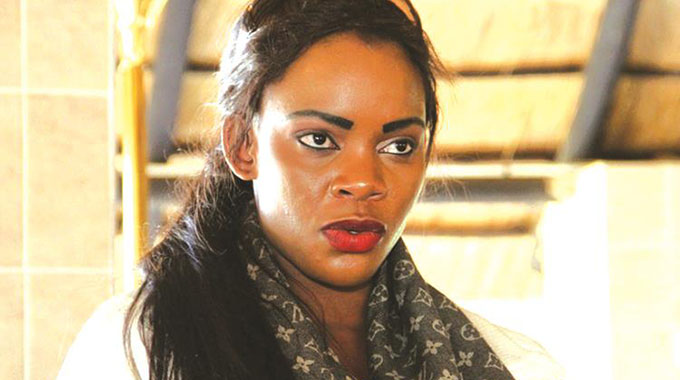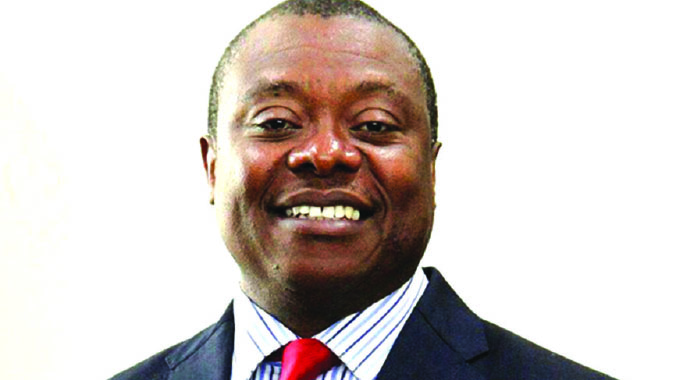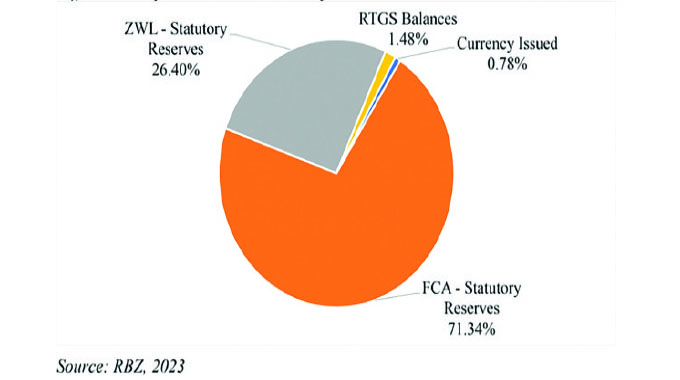Zera takes cautious approach to power tariff hike

Business Reporter
THE Zimbabwe Energy Regulatory Authority (Zera) will take a cautious approach when reviewing electricity tariffs to prevent unintended consequences on the economy, an official said.
The power tariff, last reviewed in January this year, has become uneconomic and the power utility, Zesa, has already approached Zera seeking a power price adjustment.
Electricity is one of the major cost drivers in production processes and service provision.
In an interview recently, Zera chief executive Eddington Mazambani said the regulator was studying the recommendations by the World Bank on the power tariff, and would propose a “pathway” of moving from a non-economic to an economic tariff regime.
“We are studying the recommendations by the World Bank but it is something that we will implement over time to prevent unintended consequences on the economy,” said Mr Mazambani.
Even countries that adopted the World Bank recommendations did it gradually, so it may take maybe three years,” he added.
Electricity has become the cheapest energy for households over other sources such as gas, with an average household spending as little as US$10 for electricity per month.
The last power price review was in January 2022 when Zera approved an increase of tariffs by 12,3 percent.
Families on pre-paid meters are buying 200 units per month for $1 265,11 (US$5 on the parallel market or US$9 at official exchange rate) including the 6 percent rural electrification levy.
There are five bands of discounted tariffs before the full $14,31 a unit comes into effect on purchases over 400 units. The first 50 units cost $2,38 each, before the rural levy.
The 50 units are considered the bare minimum that a family of five needs for essential purposes.
Consumers on post-paid meters pay similar charges plus $35,68 monthly fixed charge.
Zesa executive chairman Dr Sydney Gata said they had made several applications seeking tariff adjustments. “We do that almost everyday,” Dr Gata said, suggesting that further delay in price adjustment may worsen Zesa’s operational challenges.
Last week, Energy and Power Development Minister Zhemu Soda (pictured) said Zimbabwe’s power situation will remain “fragile” in the absence of an economic tariff, which continues pushing up “unproductive” demand and wasteful use of electricity. He said low tariff was discouraging consumers to use other alternative energy sources such as gas.
“The tariff has been severely eroded and what we now see is the rising demand of unproductive electricity especially by domestic customers,” Minister Soda said. “Until there is restoration of a viable tariff, the situation will remain fragile.”
Zimbabwe produces an average of 1 400 MW against a demand of 2 200 MW. It covers the domestic deficit through imports from Mozambique, South Africa and Zambia.
Zesa, the State-owned power utility continues having production challenges, particularly at the Hwange Power Station, the country’s second largest power plant whose generators are persistently out of service due to recurring breakdowns.
Zimbabwe has one hydroelectric plant — Kariba — with capacity to generate 1 050 megawatts (MW). Two electricity generating units, with a capacity of 150 MW each were commissioned in 2018, making it the largest power plant in the country.
The country also has four coal fired power stations and Hwange, with capacity to generate 930MW being the largest. The other three (small) are Bulawayo, Munyati and Harare with combined capacity of 231 MW.
The US$1,4 billion expansion of Hwange is ongoing and commercial production is expected to start towards the end of year for the first unit and first quarter of 2022 for another unit.
The power station is being expanded by China’s Sinohydro to add another 600MW.








Comments